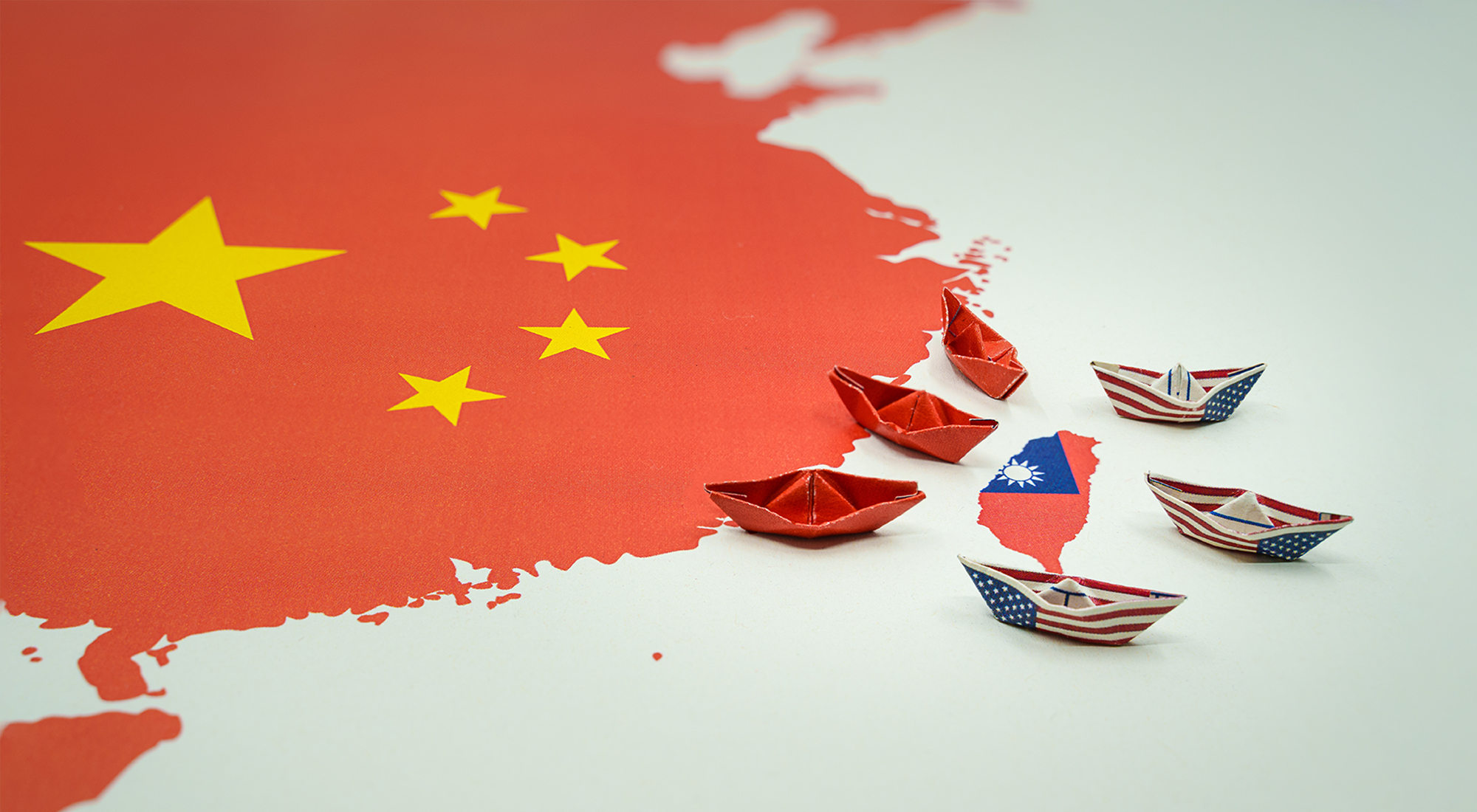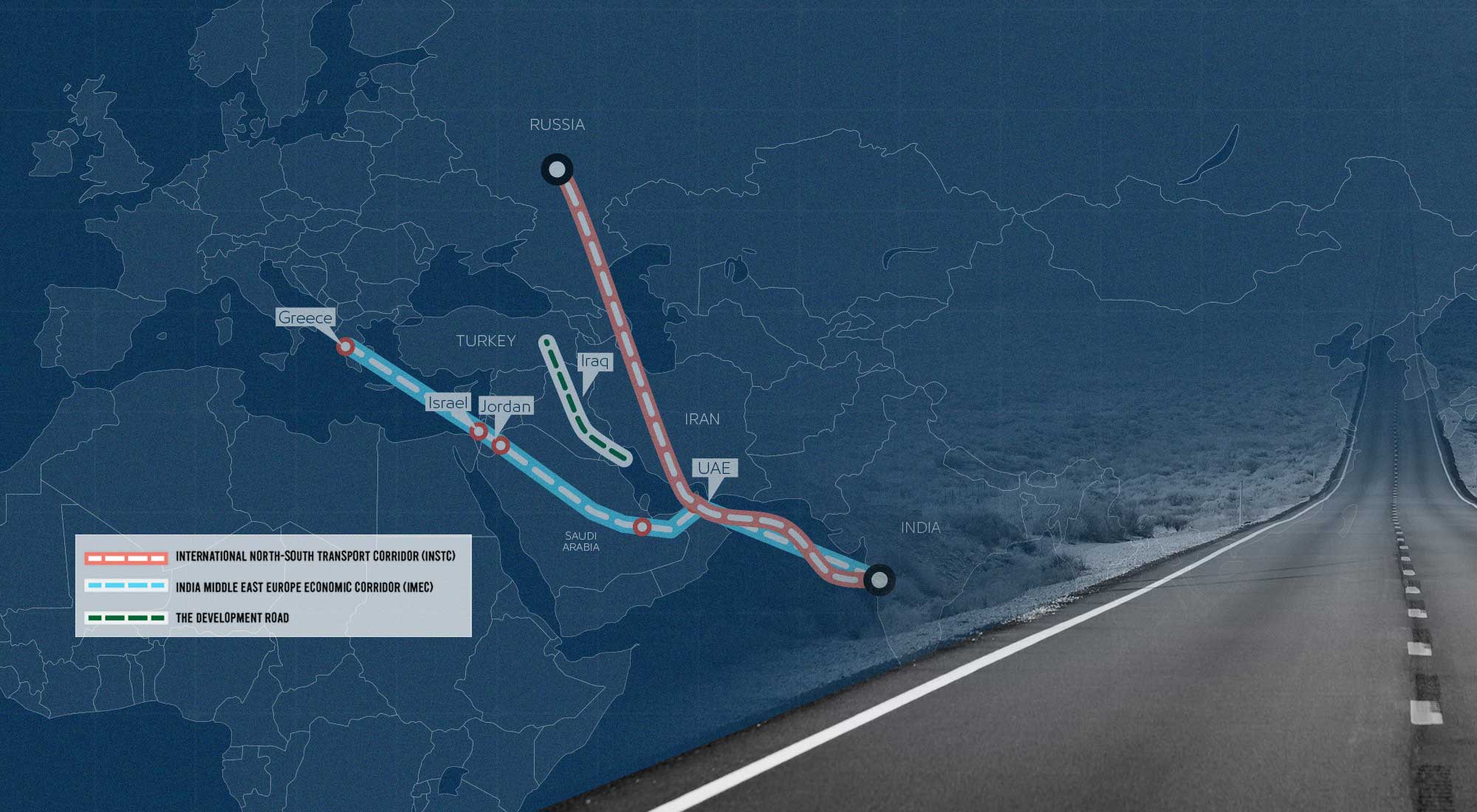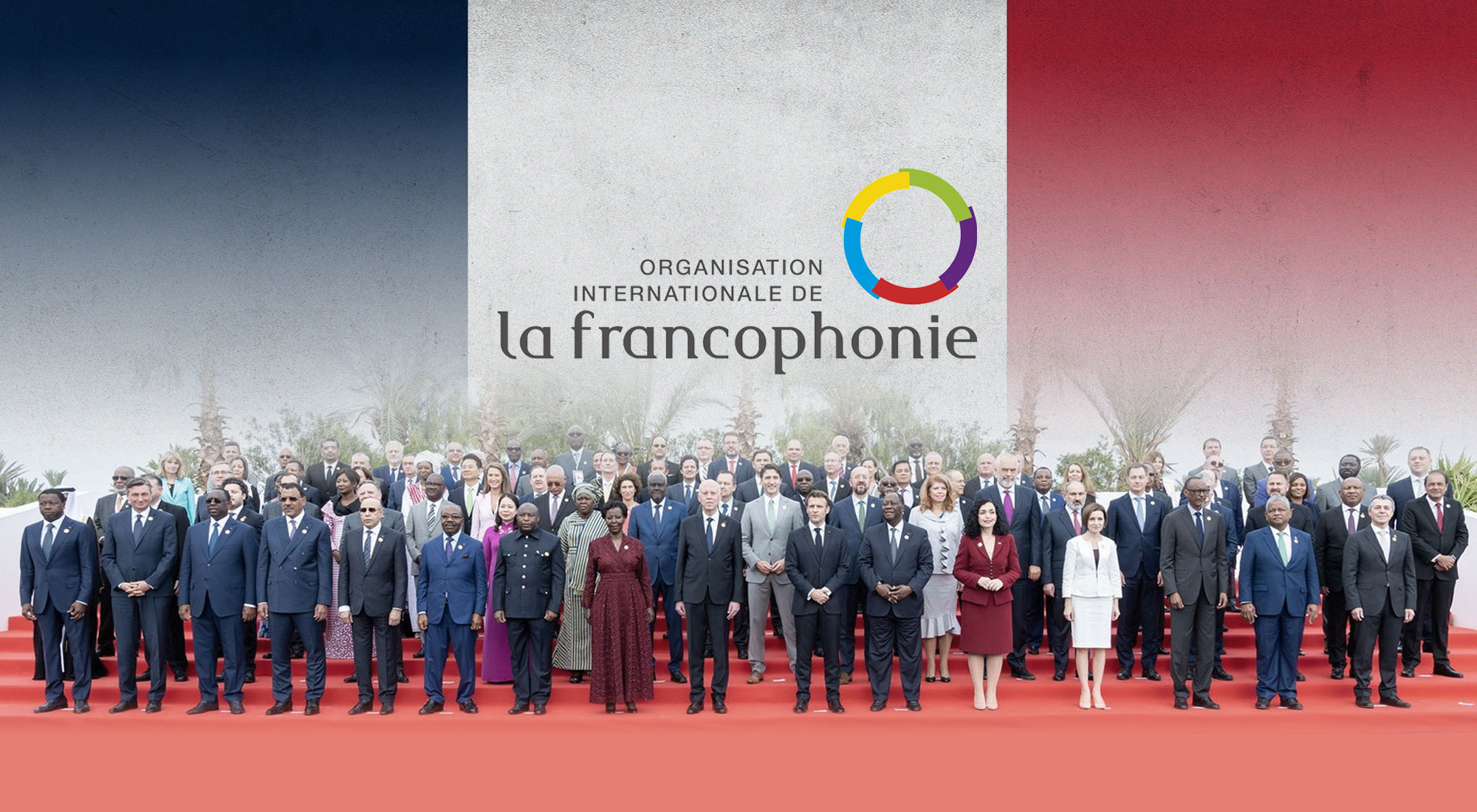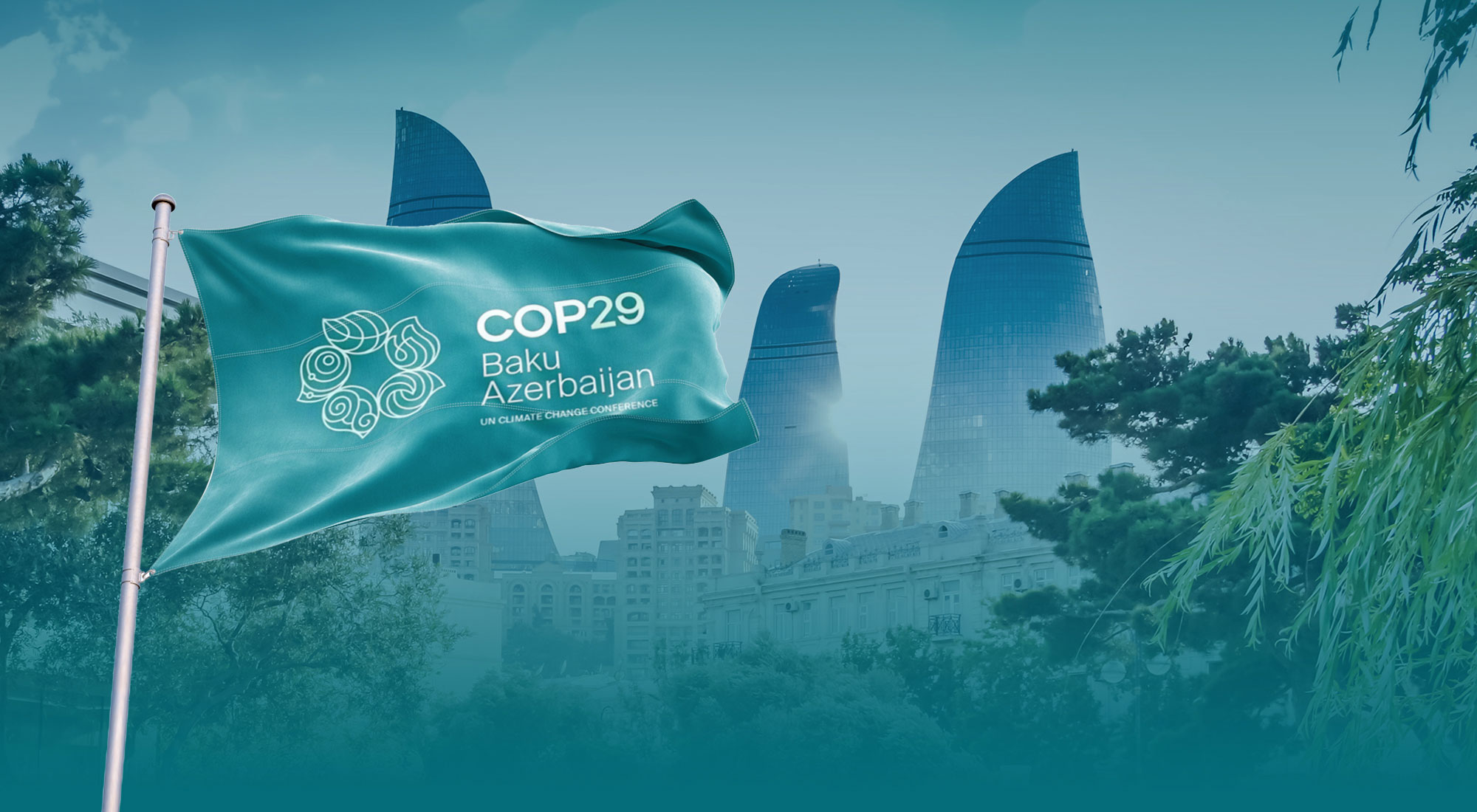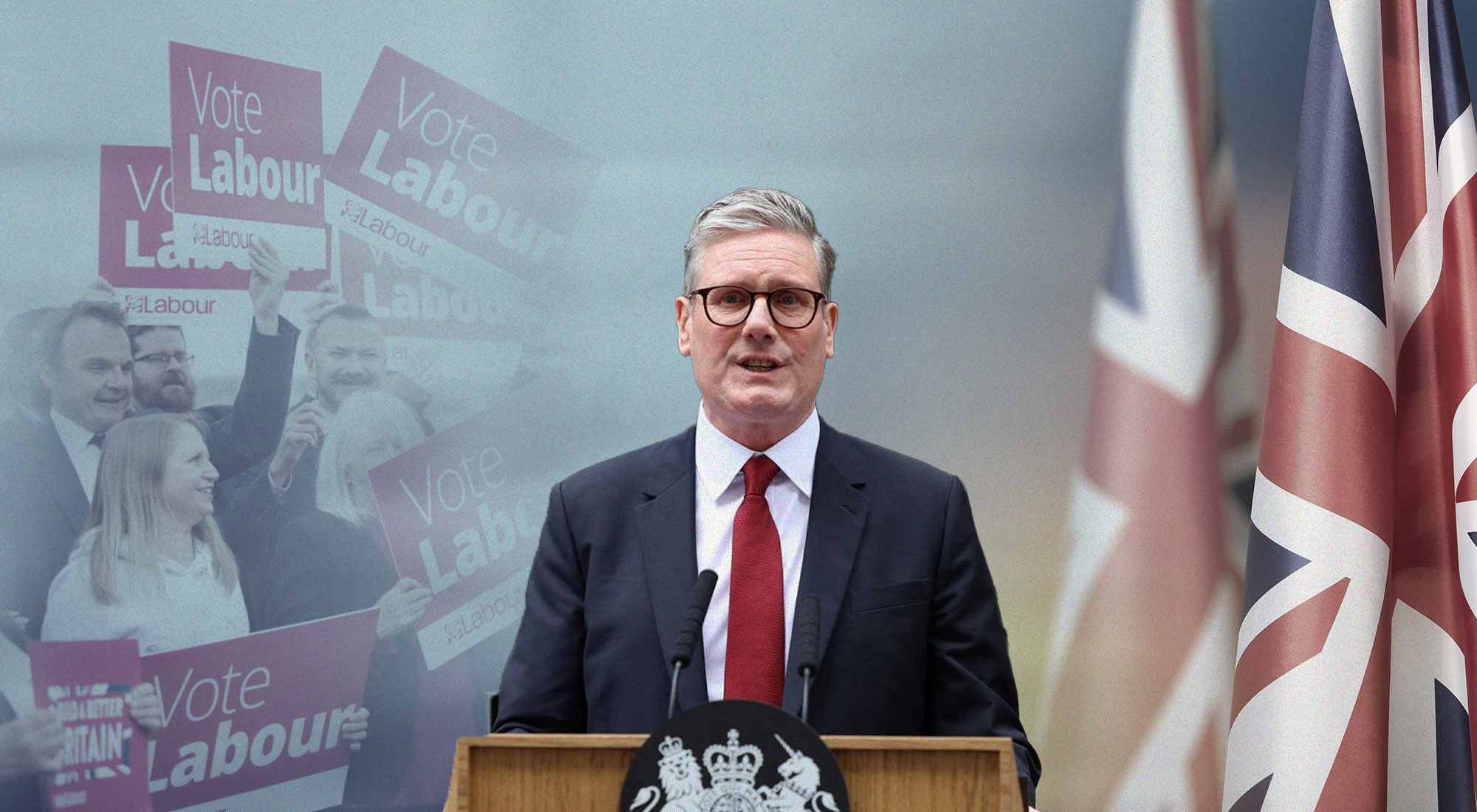By every measure, last year was a particularly disruptive and difficult one for the Indo-Pacific region. Aside from the global fallout of an ongoing conflict in Eastern Europe, which pushed the prices of basic commodities to new heights in recent memory, regional states also had to grapple with rising Sino-American tensions over Taiwan.[1] The controversial visit by former US House of Representatives Speaker Nancy Pelosi to Taipei triggered what many experts have described as the “Fourth Taiwan Straits Crisis”, which saw the world’s two leading powers flexing naval muscle across the Western Pacific. As if that was not enough of a concern, the US also pressed ahead with a whole host of new sanctions, which targeted China’s cutting-edge industries, especially the highly-prized semiconductor sector.[2]
Fearing the prospects of a full-blown “New Cold War”, regional players stepped in. First came the strongly-worded statement by the Association of Southeast Asian Nations (ASEAN) in August, which warned major powers against any “provocative action [that] could lead to miscalculation, serious confrontation, open conflicts and unpredictable consequences among major powers.” As ASEAN’s chair, Cambodia underscored how regional states “hope de-escalation happens… and normalcy returns to the Taiwan Strait.”[3] Drawing on its decades-old role as a mediator between China and the West, Singapore embarked on a diplomatic offensive by, inter alia, publicly counseling superpowers to avoid “mishap or miscalculation” lest they risk “sleepwalk[ing] into conflict.”[4]
Cognizant of the potentially disruptive ramifications of US-led tech sanctions, regional states warned of a so-called “digital iron curtain” at the expense of regional peace and security.[5] Meanwhile, Indonesia fully leveraged its role as the rotational president of the Group of 20 (G20) to nudge rival superpowers towards dialogue and diplomacy. On one hand, Indonesian President Joko Widodo went so far as conducting an unprecedented trip to Kyiv and Moscow to explore the possibility of a sustainable peace plan as well as to establish mechanisms to mitigate the ongoing war’s impact on global supply-chains, especially food and energy commodities.[6] Even more impressive, however, was Indonesia’s successful efforts in convincing US President Joseph Biden and Chinese paramount leader Xi Jinping to hold a desperately needed dialogue on the sidelines of the G20 summit in Bali, Indonesia, in November.
The upshot was a crucial meeting between the two leaders, who acknowledged their shared responsibility to the international community and, accordingly, vowed to carefully manage strategic competition as well as restore bilateral dialogue and communications channels.[7] Thus, what began as a particularly difficult year ended on a relatively more encouraging note in the Indo-Pacific. The recent “spy balloon” incident, which saw both superpowers accusing each other of breaking international law and reconsidering high-level dialogue plans this year, underscored the precarity of the geopolitical situation in the Indo-Pacific.[8] By and large, intensified Sino-American rivalry, particularly over Taiwan, will shape the trajectory of regional geopolitics this year.
A brewing crisis
The tiny island of Taiwan – perched in between the economic giants of Northeast Asia, the rising economies of Southeast Asia, and the vast blue Pacific Ocean – is central to determining the future of the Indo-Pacific. On one hand, Taiwan is, by far, the world’s largest producer of semiconductors, a rare and precious industrial commodity, which happens to be as pivotal to the global economy as hydrocarbon products. To put things into perspective, the Taiwan Semiconductor Manufacturing Company (TSMC) alone produces close to half of the world’s most advanced processor chips, which are essential to the functioning of computers, cars, and weapons systems the world over. The island nation is providing 37 percent of the world’s new computing power annually. In many ways, Taiwan is as essential to global economy as the Organization of Petroleum Exporting Countries (OPEC).[9] In fact, as one expert put it: “Unlike oil, which can be bought from many countries, our production of computing power depends fundamentally on a series of choke points: tools, chemicals, and software that often are produced by a handful of companies—and sometimes only by one… No other facet of the economy is so dependent on so few firms.”[10]
The world’s structural dependence on Taiwan has come into sharp relief amid the fragility of the island nation’s geopolitical status. For almost half a century, a “Cold Peace” ensured the survival of Taiwan, albeit with varying degrees of fragility. In particular, three factors contributed to such uneasy status quo, namely the US’ adoption of the “One China” policy, which recognized Beijing as the sole representative of modern China, while maintaining defense commitments to island nation via the 1979 Taiwan Relations Act; Beijing’s grudging respect for America’s military superiority coupled with economic pragmatism amid an era of turbo-charged globalization, following Deng Xiaoping’s liberalization of the Chinese economy; and finally, Taiwanese leaders’ willingness to step short of declaring full independence in exchange for implicit guarantees from Washington and booming trade and investment ties with China.[11]
By all indications, however, all three of these symbiotic geopolitical factors are now under siege: the US has gradually become more open with its defense cooperation with and high-level diplomatic visits to Taiwan at the expense of its long-held policy of ‘constructive ambiguity’; China has chipped away at America’s naval superiority in the Western Pacific amid a new era of popular nationalism and global assertiveness; and pro-independence sentiments are increasingly becoming a mainstream phenomenon among residents of Taiwan. Meanwhile, the recent political upheavals in Hong Kong also exposed the limits of a “One Country, Two Systems” model, which anchored hopes of peaceful reunification in cross-straits relations until recently.[12]
No wonder then that The Economist has gone so far as describing the island nation as “the most dangerous place on earth.”[13] In 2021, during a Senate Armed Services Committee hearing, Adm. Philip Davidson, then commander of the US Indo-Pacific Command, warned: “Taiwan is clearly one of [China’s] ambitions…I think the threat is manifest during this decade, in fact, in the next six years.”[14] Just over a year later, US Secretary of Defense Lloyd Austin similarly warned: “What we’re seeing recently, is some very provocative behavior on the part of China’s forces and their attempt to re-establish a new normal.”[15]
Alarm bells, however, were truly set off when a strongly-worded memo, authored by Gen. Mike Minihan, Commander of the US Air Mobility Command, was leaked to the media. “I hope I am wrong. My gut tells me we will fight in 2025,” said the memo,[16] which also called upon America’s forces to prepare for a high-tech armed conflict that may involve “delivering 100 off-the-shelf size and type UAVs from a single aircraft.”[17] Though the Pentagon downplayed the relevance and implication of the memo, top Taiwanese officials have also warned of an imminent conflict in the past year. In fact, some have warned a potential conflict as early as 2024, especially if Taiwan elects a radical and pro-independence leader that year, while others have underscored China’s growing ability to impose a full-blown blockade and, by 2025, conduct a wholesale invasion of the island nation.[18]
Tyranny of geography
Rising tensions over Taiwan have sent shockwaves across the region, thus dramatically altering the strategic calculus of neighboring states, most especially Japan and the Philippines, which also happen to be US treaty allies. To begin with, the tyranny of geography is clearly at play: Japan’s Sakishima islands and Yonaguni island are barely 62 miles (100 km) away from Taiwan. [19] As for the Philippines, its northernmost naval base in Mavulis is just over 100 nautical miles from Taiwan’s shores.[20] Thus, any Chinese invasion, and subsequent occupation, of Taiwan would literally alter the regional geopolitical landscape. There are also clear operational implications: any military involvement by the US, which has mutual defense treaties with both Tokyo and Manila, in favor of Taiwan will inevitably drag in proximate allies.
For Japan, however, Taiwan also has a special strategic value given, inter alia, the two countries’ shared history. From the late 19th century to the mid 20th century, Taiwan was Japan’s showcase colony, undergirding a special relationship that has survived into and thrived in recent decades. In late 2021, Japan’s longest-serving prime minister Shinzo Abe, just months after a surprise retirement, made it clear that his country would not sit idly by in an event of contingency in the Taiwan straits. During a high-profile event organized by Taiwanese think tank, the Institute for National Policy Research, the late prime minister declared: “A Taiwan emergency is a Japanese emergency, and therefore an emergency for the Japan-U.S. alliance. People in Beijing, President Xi Jinping in particular, should never have a misunderstanding in recognizing this.”[21]
Abe was assassinated by a disgruntled former military officer last year, yet his foreign policy legacy has proven decisive and enduring. In recent months, Japan has made two major announcements, which signal nothing less than a new era of foreign policy for the Northeast Asian nation. First, Japan released its National Security Strategy (NSS) document, which expresses the country’s commitment to develop a “counter-strike capability” in spite of the country’s pacifist constitution that proscribes offensive military capabilities.[22] Second, Japan announced its plans to double its defense spending as a share of its gross domestic product (GDP) over the next five years. Accordingly, Japan, which boasts the world’s third largest economy, is allocating US$315 billion (43 trillion yen) to modernize its armed forces. Under Prime Minister Fumio Kishida, a protégé of Abe, Japan is also reaching out to likeminded powers across the Indo-Pacific.[23]
The Japanese leader kicked off the year 2023 with a series of a visits to fellow G7 nations, which culminated in a series of new defense agreements, including a Reciprocal Access Agreement (RCA) with the United Kingdom[24] as well as a next-generation fighter jet project under the Global Combat Air Program (GCAP) with the UK and Italy.[25] Meanwhile, Japan is also reaching out to the Philippines, which has experienced a major foreign policy shift under President Ferdinand Marcos Jr. During his early months in office, the new Filipino president broadly signaled a non-aligned foreign policy orientation, whereby his country would be “a friend to all, and an enemy of none.”[26] Throughout his foreign trips, he has emphasized the importance of an independent foreign policy, which cultivated warm ties with rival superpowers, and explicitly rejected “going back to that Cold War type of scenario where you have to choose one side or the other.”[27]
Barely a year into office, however, Marcos Jr. caught many by surprise when he approved the full implementation as well as expansion of the Enhanced Defense Cooperation Agreement (EDCA), which grants US forces rotational access to a whole host of strategically-located bases across the Philippines. Among the nine approved bases, where the Pentagon could also preposition weapons systems, are military facilities in the island of Palawan and province of Pampanga, which are located close to the disputed islands in the South China Sea, as well as those in the northernmost provinces of Isabela and Cagayan, which are close to southern shores of Taiwan.[28]
The exact location of some of the northernmost bases are yet to publicized due to political sensitivity, but the Philippines has clearly become pivotal to determining Taiwan’s geopolitical fate. In fact, the US and the Philippines are expected to conduct ever-larger military drills close to Taiwan’s southern shores in the coming months and years, amid a major revival in bilateral defense ties following six years of Beijing-friendly foreign policy under former Philippine president Rodrigo Duterte.[29]
During his trip to Tokyo in mid-February, just days after approving the EDCA expansion deal, Marcos Jr. defended his decision by arguing: “When we look at the situation in the area, especially the tensions in the Taiwan Strait, we can see that just by our geographical location, should there in fact be conflict in that area … it’s very hard to imagine a scenario where the Philippines will not somehow get involved.”[30] The Filipino president also revealed that his country is not only pursuing major defense deals with Japan, including a Reciprocal Access Agreement and a potential Visiting Forces Agreement in the near future, which would dramatically expand bilateral military cooperation and exercises, but is also exploring a tripartite US-Japan-Philippines military agreement, which would further enhance military inter-operability, technology exchange and intelligence-sharing among the three allies. In short, the Philippines has become a pivotal element of a broader US-led integrated deterrence strategy to constrain China’s strategic ambitions in the region.[31] And the tiny island of Taiwan will likely determine the trajectory of Sino-American competition in the Indo-Pacific for the foreseeable future.
References
[1] Rorika Imahashi, “Ukraine War Pushes Food Prices to Record High: FAO,” Nikkei Asia, April 8, 2022, http://bitly.ws/ALsp.
[2] Michael Schuman, “Why Biden’s Block on Chips to China Is a Big Deal,” The Atlantic, October 25, 2022, http://bitly.ws/vMH5.
[3] “Southeast Asian Ministers Warn Taiwan Tensions Could Spark ‘Open Conflicts’ amid Chinese Military Drills,” Le Monde, August 4, 2022, http://bitly.ws/ALsA.
[4] Philip Heijmans and Niluksi Koswanage, “Singapore’s Next Premier Wong Warns US, China May ‘Sleepwalk into Conflict’,” Bloomberg, August 16, 2022, http://bitly.ws/ALsP.
[5] Yasu Ota, “Fears of ‘Digital Iron Curtain’ Spread as US and China Dig In,” Nikkei Asia, June 19, 2019, http://bitly.ws/ALt6.
[6] “Ukraine War: Indonesia’s Jokowi Says He Will Urge Putin to Order Immediate Ceasefire during Moscow Meeting,” South China Morning Post, June 26, 2022, http://bitly.ws/ALti.
[7] See the full official statement here: http://bitly.ws/ALts.
[8] “China Threatens US Entities over Downing of Balloon,” AP News, February 16, 2023, http://bitly.ws/ALtI.
[9] Chris Miller, Chip War: The Fight for the World’s Most Critical Technology (New York: Scribner, 2022).
[10] Ibid.
[11] See Richard J. Heydarian, “The Taiwan crisis: Sleepwalking towards a Global Conflict,” Aspenia Online, December 29, 2021, http://bitly.ws/ALu5.
[12] Ibid.
[13] “The Most Dangerous Place on Earth,” The Economist, May 1, 2021, http://bitly.ws/ALua.
[14] Adela Suliman, “China Could Invade Taiwan in the Next 6 years, Assume Global Leadership Role, US Admiral Warns,” NBC News, May 10, 2021, http://bitly.ws/ALuu.
[15] U.S. Department of Defense, “Secretary of State Antony J. Blinken, Secretary of Defense Lloyd J. Austin III, Japanese Foreign Minister Hayashi Yoshimasa and Japanese Defense Minister Hamada Yasukazu at a Joint Press Availability,” January 11, 2023, http://bitly.ws/AQEi.
[16] Helen Davidson, “US General’s ‘Gut’ Feeling of War with China Sparks Alarm over Predictions,” The Guardian, February 2, 2023, http://bitly.ws/ALuG.
[17] Arpan Rai, “US General Warns of Potential War with China: ‘My Gut Tells Me We Will Fight in 2025’,” Independent, January 28, 2023, http://bitly.ws/AQHa.
[18] Ryo Nakamura, “Ex-Trump Security Adviser Warns of China ‘Mischief’ on Taiwan by 2024,” Nikkei Asia, November 2, 2021, http://bitly.ws/ALuT.
[19] Ben Blanchard, “Former PM Abe Says Japan, U.S. Could Not Stand by if China Attacked Taiwan,” Reuters, December 1, 2021, http://bitly.ws/ALvf.
[20] Raul Dancel, “Taiwan War: No Easy Choices for the Philippines,” The Straits Times, August 29, 2022, http://bitly.ws/ALvp.
[21] Ibid.
[22] See the full document here: http://bitly.ws/ALvs.
[23] Richard Javad Heydarian, “Japan Soft-selling Its Remilitarization to the World,” Asia Times, January 23, 2023, http://bitly.ws/ALvA.
[24] Alistair Smout, “Britain, Japan Sign Defence Pact during PM Kishida Visit to London,” Reuters, January 12, 2023, http://bitly.ws/AQSy.
[25] Jonathan Beale, “UK, Italy and Japan Team Up for New Fighter Jet,” BBC News, December 9, 2022, http://bitly.ws/AQT6.
[26] Jack Stone Truitt, “Philippines’ Marcos Urges Respect for International Law in U.N. Debut,” Nikkei Asia, September 21, 2022, http://bitly.ws/AQTW.
[27] See Ruth Abbey Gita-Carlos , “Marcos Says Asia-Pacific Won’t Embrace Cold War Mindset,” Philippine News Agency, January 17, 2023, http://bitly.ws/ALvL.
[28] Sui-Lee Wee and Camille Elemia, “With an Eye on China, Philippines Moves Closer to U.S. Interests,” New York Times, February 20, 2023, http://bitly.ws/ALwd.
[29] Ibid.
[30] Cliff Venzon, “Marcos Says ‘Hard to Imagine’ Philippines Can Avoid Taiwan Conflict,” Nikkei Asia, February 12, 2023, http://bitly.ws/ALxc.
[31] See Todd Lopez, “Integrated Deterrence at Center of Upcoming National Defense Strategy,” U.S. Department of Defense, March 4, 2022, http://bitly.ws/ALxk.



